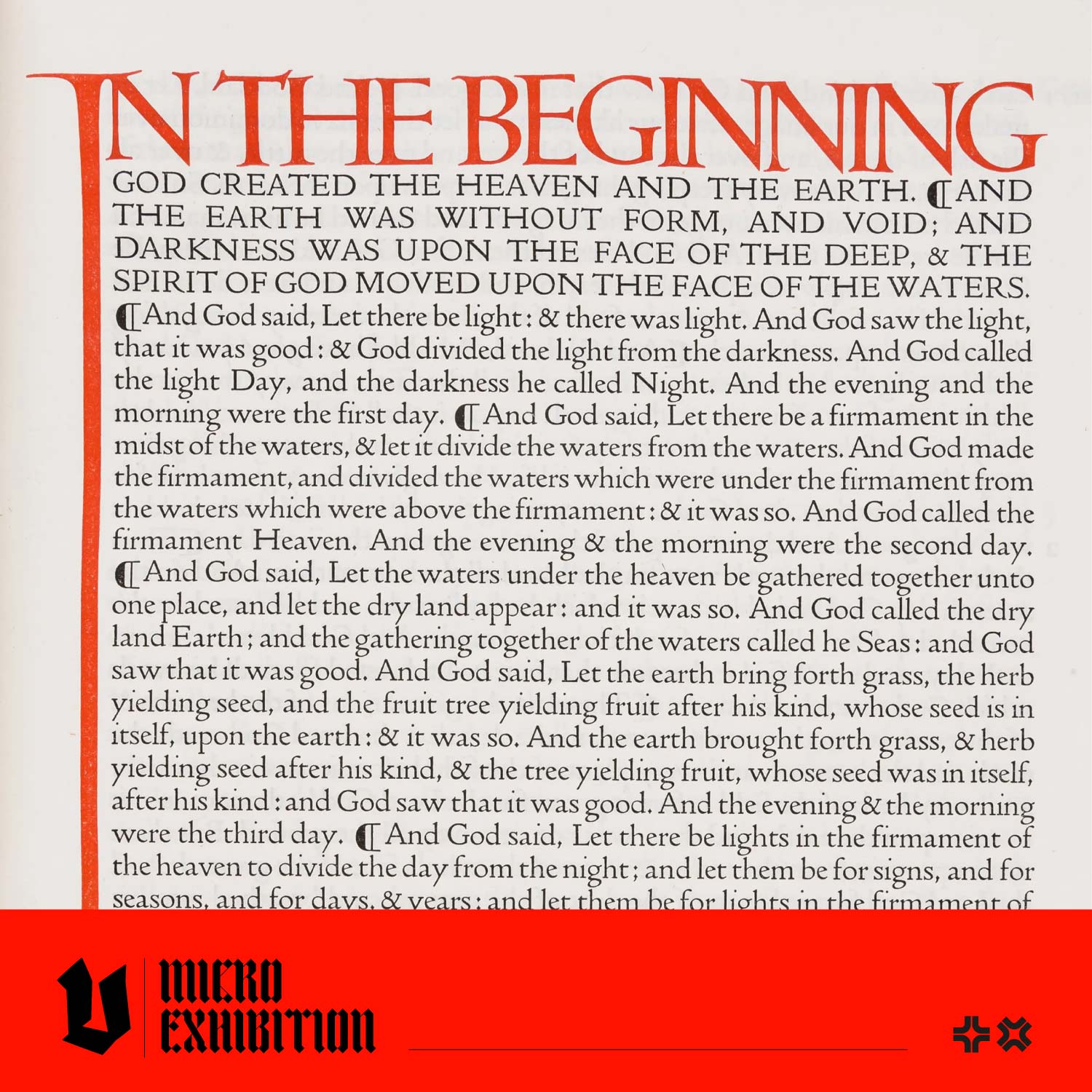An Introduction to the Literary Illustrations of Gustave Doré
We're currently working on a new book dedicated to the literary illustrations of Gustave Doré, and our research has inspired this week's article. Read on to find out how Doré's incredible talent has inspired filmmakers and famous artists alike, plus, we'll take a look at some of his mesmerising illustrations. Let's go!
What is Gustave Doré Famous For?
Paul Gustave Louis Christophe Doré, or Gustave Doré, was an incredibly talented and influential artist best known for creating iconic illustrations to accompany famous literary texts, such as The Bible, Dante's Inferno, The Rime of the Ancient Mariner, The Raven, Don Quixote, Perrault's Fairy Tales and more. He was also a painter, watercolourist, sculptor and printmaker. Doré was a prolific artist, and his work is estimated to number 10,000 illustrations.

|
Who Was Gustave Doré?
Gustave Doré was born in Strasbourg, France, on January 6, 1832, and died in Paris on January 23, 1883. Doré began drawing sketches of a standard far beyond his years at a remarkably young age. He started his professional life at 15, working as a caricature artist for a French newspaper. When he was 17, his father died, and Doré's illustrations financially supported his family. His artistic ability, incredible imagination and eye for detail made him a highly successful and famous commercial illustrator. Doré's artistic influence continues to inspire artists and designers today. Many of his literary illustrations have informed how we envision certain characters. For example, Puss In Boots from the Shrek franchise and Jean Cocteau's 1946 film Beauty and the Beast (La Belle et la Bête) were inspired by Doré's illustrations of Charles Perrault's fairy tales. Below, Puss in Boots by Gustave Doré.

|
What Literary Works did Gustave Doré Illustrate?
Doré illustrated many works of literature, including Don Quixote by Miguel de Cervantes, William Shakespeare's The Tempest, Samuel Taylor Coleridge's The Rime of the Ancient Mariner and many more.
The Vault Editions team is especially fond of his illustrations for Edgar Allan Poe's 'The Raven' These illustrations, published in 1884, became one of the most famous visual representations of the poem, capturing its essence of melancholy and insanity.

|
When Did Gustave Doré Illustrate 'The Rime of the Ancient Mariner'?
Doré created 38 stunning illustrated plates to accompany Samuel Taylor Coleridge's haunting epic poem, The Rime of the Ancient Mariner. Published in 1875, Doré considered this collection his "best and most original" works. Below, illustration describing a scene from The Rime of the Ancient Mariner.
|
|
Doré's mastery in wood engraving was evident from his work illustrating tales from the Bible, a massive undertaking involving the depiction of 241 stories. This project was immensely successful, leading to an exhibition and his own gallery, known as the Dore Gallery in London, plus lucrative and successful commissions from publishers. His work was also published in multiple countries in large print runs which captured the imagination of his audiences worldwide, winning him widespread acclaim and admiration. Despite his immense popularity in printmaking, it's essential to note that Doré primarily functioned as a designer. His elaborate engravings required special skills, and the artist employed a team of 40 specialist block cutters to transfer his designs onto wooden printing blocks. Below, Death on the Pale Horse, from Doré's English Bible.
Why Did Gustave Doré Self-Publish His Illustrations for Dante's Inferno?
Doré illustrated Dante's Divine Comedy, a 14th-century Italian epic poem written in three volumes. These editions were published between 1861 and 1868 and have been popular ever since. The project originated from an idea by Doré to create illustrated works to accompany what he defined as 'masterpieces of literature'. He could not find a publisher to fund the lavish folio edition for his artistic vision, so he decided to pay the costs of the first book. Fortunately, this release garnered immediate success both artistically and commercially. As a result, Hachette published the second and third parts of the poem as a single volume in 1868, capitalising on the popularity of Doré's initial edition. Below, Charon crosses the river Acheron in Dante Alighieri's Inferno, Canto 3 lines 76-78
 |
How Many Illustrations did Doré Draw to Accompany 'Paradise Lost'?
Another of Doré's most famous works are his 50 illustrations for John Milton's epic composition 'Paradise Lost', published in 1866. 'Paradise Lost' is a lengthy poem comprising 12 books and over 10,500 lines. It's written in blank verse and tells the biblical story of the tragic fall of humankind when Adam and Eve couldn't resist Satan's temptation to eat the forbidden fruit from the Tree of Knowledge. As a result, God exiled them from the Garden of Eden forever. The engravings brought life to the poem's vivid descriptions of Heaven, Hell, and the struggles between angels and demons, below, Now Storming Fury Rose from Paradise Lost

|
How Did Gustave Doré Inspire Vincent Van Gogh?
Gustave Doré didn't just illustrate fictional scenes, his illustrations of London life from 'London: A Pilgrimage' which describes life in Victorian London. The publishers, Grant and Co, signed him to a five-year contract which required him to reside in London for three months of the year for an annual salary of £10,000 - around £1,130,000 in today's currency! Vincent Van Gogh was also fascinated by London life, and made his own coloured version of Doré's engraving 'Newgate – exercise yard', known as 'Prisoners' Round (after Gustave Doré)'
 
|
Interested in Learning More?
We hope you have enjoyed this article about Gustave Doré; we'll continue to work on our book about him and keep you updated on its progress.

|






